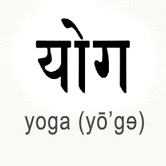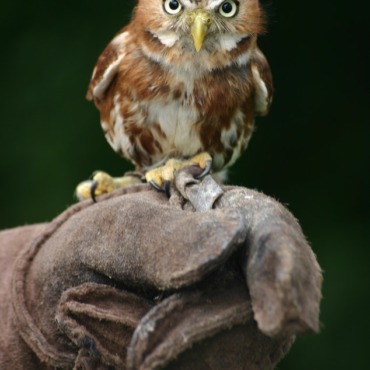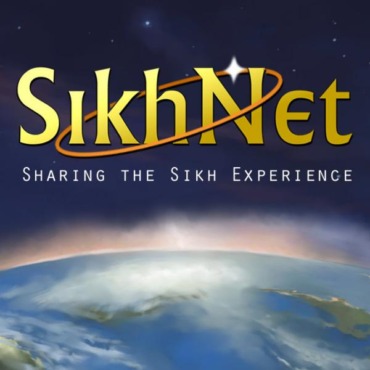MOST YOGA STUDIO POSES ARE LESS THAN 100 YEARS OLD!
THE EARLIEST MENTION OF THE WORD “YOGA”
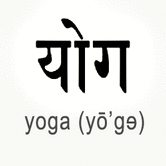
YOGA SUTRA INTRODUCES THE FIRST ASANA: SIT
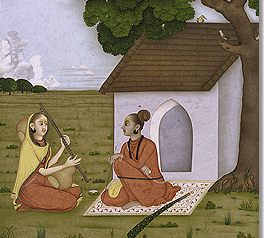
ASANAS TO OPEN ENERGETIC PATHWAYS

Around 1500, Hatha Yoga Pradipika introduced a few more asanas as it discussed other elements of yoga. These asanas put you in a position to open energetic pathways in the body and stimulate ‘shaktipat’ – the opening of Kundalini serpent force in all of us. Many are under the impression that asanas were invented to “prepare the body for meditation,” but signs are unclear if this was the original intention. Though pranayama and asana can make your body more suitable to sit still, none of the early asanas help your body to sit because, in most of them, you are already sitting! They have a different purpose entirely — awaken kundalini.
Also, there is a theory that “Asanas were invented by someone spontaneously going into them during meditation.” Though, I’m sure this has happened, most of the yoga asanas we use today come from a different, less mystical source.
MODERN YOGA IS BASED ON 19TH CENTURY BRITISH GYMNASTICS!
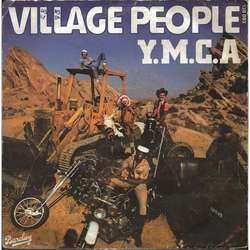
In the 1800s, the British colonized India and decided that fitness would be a good thing to teach Indians. Groups like the YMCA came to the country and brought gymnastics as a form of exercise. They drew on asanas from Hutta Yoga Pradipika to develop many of the modern postures we use today. From there, things exploded through the 20th century. A later classic called “Light On Yoga” formally introduced a series of Yoga Asanas in 1966, but today many of these aren’t practiced as they are deemed ‘too hard’ by modern teachers. All along, more and more asanas were invented. Even in the last 10 years, new asanas continue to be invented! Although people give them Sanskrit names, many came from the good ole USA in the 21st century! So, the key factor for the advent of Hatha Yoga is Western Cultural dominance, not ancient tradition! Who knew? Mark Singleton wrote a book about it.
WITHOUT THE INNER DIMENSIONS, YOGA IS JUST PHYSICAL EXERCISE!
| What is Real | What is Unreal | |
|---|---|---|
| Modern Western Culture | Mind-Independent (physical reality) | Mind-Dependent (not physical) |
| Indian Culture | What is Eternal | What is not eternal |

This differentiation about how modern culture views reality versus the ancients is key to understanding the difference in yogic philosophy.
The modern view of reality is based on shared perception of physical reality. As such, except for occasional telepathy or other strange phenomenon, we are limited to physical objects that everyone can perceive. The ancient view is open to individual experience. In this paradigm, the only thing eternal is consciousness; the physical world is transient. Therefore, meditation, introspection, and interpretation are key experiences. When you look at it this way, the two belief systems are almost mutually exclusive! By the ancient view, the things that are deemed as ‘real’ from a modern perspective are actually the things that fool us to miss what is actually real. The only thing real is your eternal true self. The rest is just transient layers.
YAMA & NIYAMA: THE ETHICAL AND RELIGIOUS LIMBS
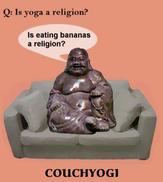
PRANAYAMA: THE LIMB OF BREATH EXTENSION

PRATYAHARA: THE LIMB OF WITHDRAWAL
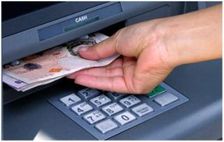
THE THREE LIMBS OF MEDITATION
Meditation is so important in yoga that it comprises three of the eight limbs! Each of these limbs is a different level of meditation. What exactly is meditation, you ask? It is simply a “sustained awareness on an object of your choice.” That’s all! It’s no magical mystery! It really is that simple. These are the three limbs of meditation.
- Dharana (holding, concentration): maintaining awareness on the object of meditation through application of effort
- Dhyana (meditation): effortless stability of awareness on the object of meditation
- Samadhi (putting together): experience of oneness with the object of meditation
The best way I can illustrate is through learning a new musical work. When I first sit down to learn a new song for my Jamiroquai tribute band, I am in dharana. It takes me a while to focus on the shifting chord progressions and the notes. Sometimes, my attention drifts and I mess up and drop the rhythm or hit wrong notes. I must concentrate to learn the song. Eventually, I reach dhyana, where I no longer need the sheet music, and I just ‘know’ the parts. They are committed to muscle memory and I can reproduce them every time. It becomes effortless eventually. Finally, I reach samadhi with the song. At this point, I am totally immersed in it. It is no longer a Jamiroquai song; it is my song. In fact, it is me! I can effortlessly improvise within the structure, and it is totally unconscious. Dhyana and samadhi cannot be forced; they arrive spontaneously through meditation practice.
ASANA IS STILL AWESOME! (AND IT’S PRONOUNCED AWE-SANA)

Although asana is only one of the 8 limbs of yoga, and today’s Hatha Yoga is more European than Indian, it still has its place in the yoga world. Though meditation is the only thing that can deeply transform your mind, asana can deeply transform your body. Have you seen how fit most yoga instructors are? Nevertheless, it is important to bring meditation into your asana practice. As you move, focus your attention on your movement and on your position. You can make a meditation practice out of Hatha yoga with a sustained awareness on your body. As a yoga teacher, always have your students focus on something during the movement! Tell them what to focus on! Also, it is important for us to break the idea that you must sit in a specific posture to properly meditate. You can just as easily maintain your awareness on the object of your choice while sitting on the couch or lying in savasana. Now you know the history of yoga and the eight limbs! Go practice!


